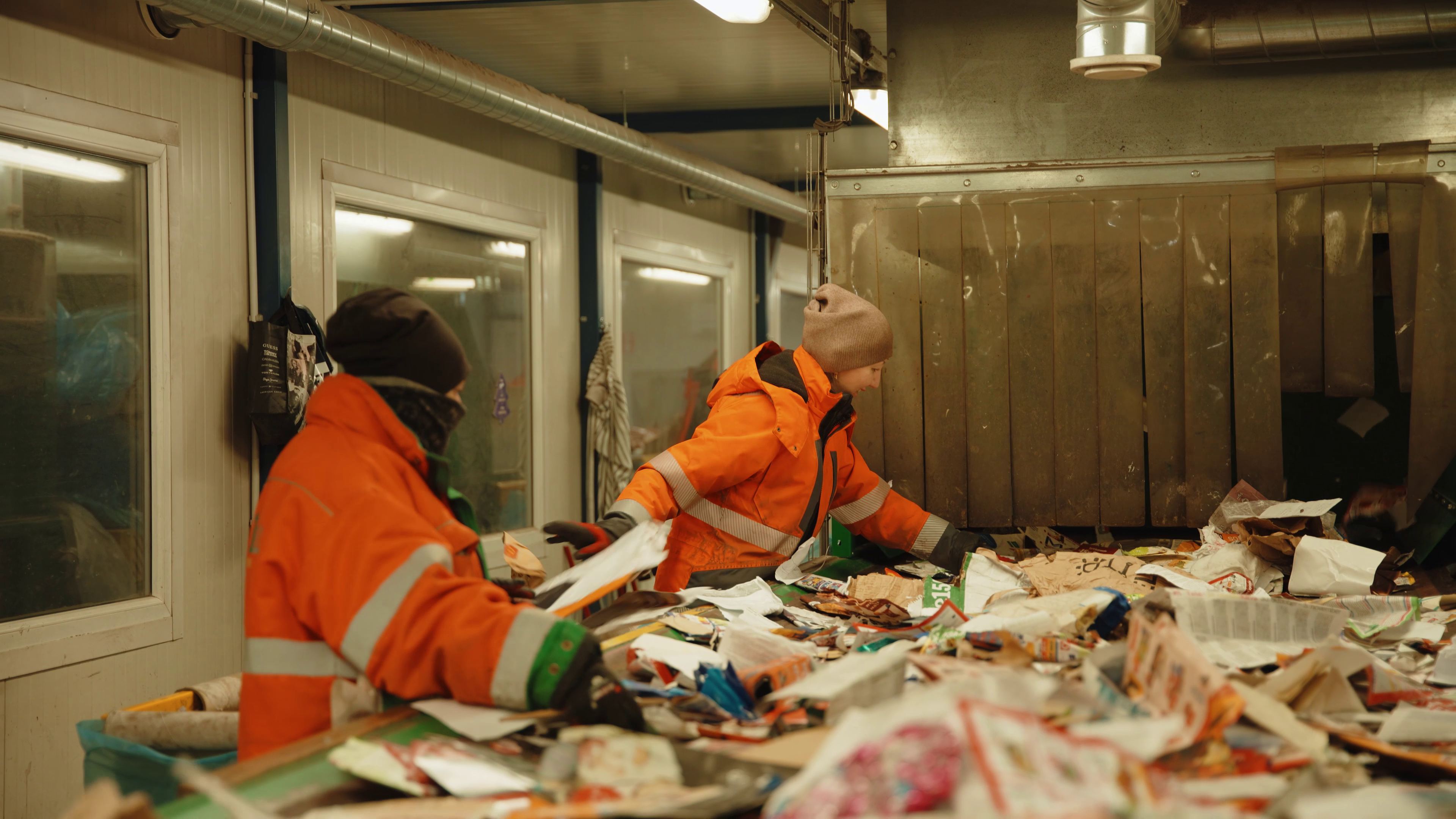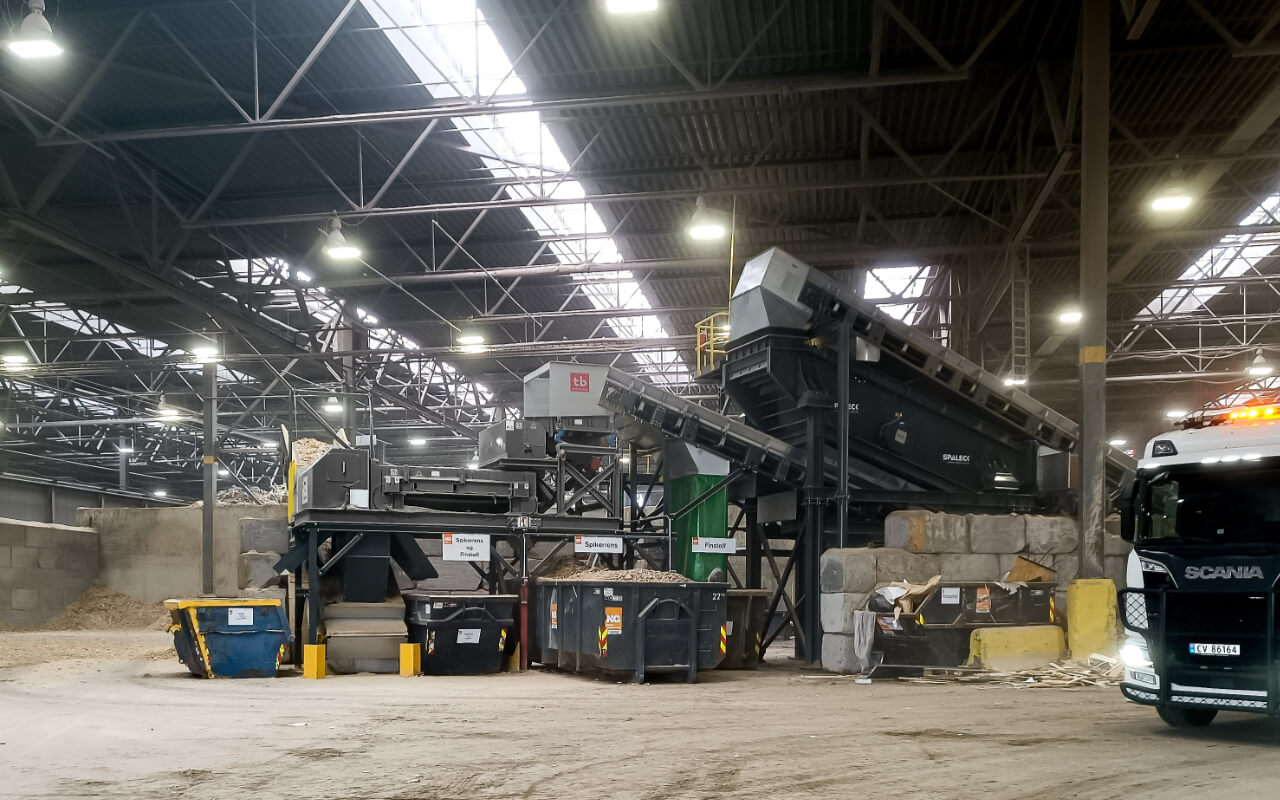Waste Management in Norway: Current Practices, Challenges and Opportunities

Norway is known for its sustainable waste management system, which aligns with circular economy principles. In 2023, the country reduced its total waste generation by 7%, producing 11 million tonnes of waste.
However, as with every leading country, some challenges remain, especially in key areas such as material recovery and managing new waste types.
This blog gives an overview of the current state of waste management in Norway, its challenges, and opportunities for improvement.
The Current State of Waste Management in Norway
Norway's current garbage system relies on waste sorting, recycling, and energy recovery to meet its sustainability goals. Key aspects of waste management in Norway include:
- Waste Sorting and Recycling: Households and businesses in Norway are encouraged to separate waste into categories such as plastics, glass, paper, and organic material. This approach produces cleaner waste streams for recycling in Norway. In 2023, 40% of total waste went into material recovery processes like recycling and composting. However, specific streams like plastics saw lower recovery rates of around 30%, due to sorting inefficiencies and material contamination.
- Energy Recovery: Non-recyclable waste is processed in waste-to-energy (WtE) plants to generate electricity and district heating. Facilities like the Klemetsrud plant in Oslo play an important role in local heating systems. In 2023, 28% of total waste was incinerated with energy recovery. While WtE plants help reduce landfill use, incineration is primarily a solution for Norway garbage disposal and plays a significant role as a district heating provider. On the other hand, it plays a less significant role in electricity generation.
- Circular Economy Goals: Norway continues to reduce landfill dependency, with only 22% of waste landfilled in 2023. Norway's recycling system prioritizes reusing and reducing waste, but obstacles remain in handling complex waste types and increasing material recovery rates.

Challenges in Waste Management in Norway
- Overestimation of Recycling Rates: Studies by the Norwegian University of Science and Technology (NTNU) show that official recycling rates may be overstated. While statistics report that 40% of waste is recycled or reused, effective rates, especially for plastics, may be closer to 30%, as losses occur during sorting and processing.
- Material Recovery Limitations: Only 40% of total waste was recycled or reused in 2023, with the remaining 60% incinerated or sent to landfills (Statistics Norway). The forementioned NTNU study found that 70% of waste incinerated could have been recycled.
- High Incineration Rates: In 2023, 60% of total waste was incinerated. This reliance on incineration conflicts with circular economy goals by discouraging waste reduction and recycling efforts.
- Plastic Waste Challenges: Norway produced 620,000 tonnes of plastic waste in 2021, with less than 30% being material recovered. Most plastic waste is incinerated due to contamination and the complexity of recycling different types of plastics.
- Emerging Waste Streams: Emerging waste types, such as nitrous oxide (N₂O) canisters, are becoming a concern. Imports of these canisters grew from 2 tons in 2020 to 232 tons in 2022, posing safety risks during disposal (Daily Northern). Other waste, like solar panels and batteries, is also increasing and straining waste management systems.
Opportunities to Improve Waste Management
How Azortum Can Help
Azortum offers solutions to help Norway overcome its waste management challenges:
- Sorting and Recovery Technologies: Advanced sorting systems to improve recycling outcomes, especially for plastics and unconventional waste types.
- Retrofitting Facilities: Modernizing recycling plants to increase material recovery and compliance with environmental standards.
- Plastic Recycling Expertise: Designing systems to handle all types of plastics, including complex and contaminated materials. This includes innovations in sorting systems, chemical recycling, and improved logistics for collection and processing.
Conclusion
Norway's waste management system reflects its commitment to sustainability, but there is room for improvement in recycling rates and managing new waste streams. With focused investments in recycling technologies, material recovery systems, and public engagement, Norway can set an example for effective waste management globally.
Cited Sources
- Statistics Norway (SSB). Waste accounts, https://www.ssb.no/en/natur-og-miljo/avfall/statistikk/avfallsregnskapet
- Statistics Norway (SSB). Plastic Account for Norway, https://www.ssb.no/en/natur-og-miljo/miljoregnskap/artikler/plastic-account-for-norway
- Statistics Norway (SSB). Statistics on waste incineration, https://www.ssb.no/en/statbank/table/12374/
- Norwegian SciTech News. Failed waste policy: we burn more and recycle less than we think, https://norwegianscitechnews.com/2024/10/failed-waste-policy-we-burn-more-and-recycle-less-than-we-think/
- Nordic Council Report. Current status of the waste incineration sector in the Nordics, https://pub.norden.org/temanord2024-524/1-current-status-of-the-waste-incineration-sector-in-the-nordics.html
- Track My Electricity. Klemetsrud CHP, https://www.trackmyelectricity.com/powerplants/klemetsrud-chp/
- Daily Northern. Misclassified gas containers pose safety hazards in Norway’s waste disposal facilities, https://www.dailynorthern.com/5758/misclassified-gas-containers-pose-safety-hazards-in-norways-waste-disposal-facilities/
- European Environment Agency (EEA). Emerging waste streams: opportunities and challenges, https://www.eea.europa.eu/publications/emerging-waste-streams-opportunities-and
Expert Design & Installation for Your Waste Sorting System!
At Azortum, we specialize in crafting tailored solutions designed for sustainable operation and maximum profitability for your business. Contact us today to share the details of your next project—we’re eager to collaborate!
We have received your information and will be in touch with you shortly. Thanks!
